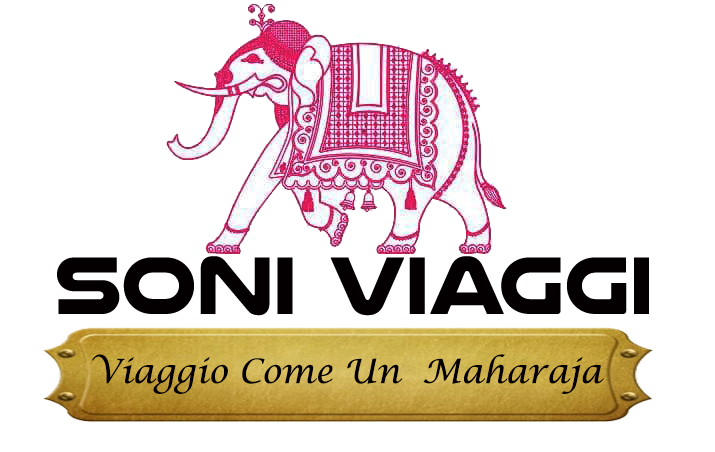The Golden Temple To The Foothills Of The Himalayas
- Home
- The Golden Temple To The Foothills Of The Himalayas
The Golden Temple To The Foothills Of The Himalayas
DELHI / AMRITSAR / DHARAMSALA / MANDI / MANALI / KULLU / SHIMLA / CHANDIGARH
From Amritsar to Chandigarh, discover the different cultures that inhabit northern India. Sikh temples, Hindu temples and Tibetan monasteries await you on this colorful circuit, marked by the conviviality of the populations. The contrast of the cities animated with the calm of the snow-capped mountains and the tea fields offers this stay a unique setting, for the pleasure of your eyes.
Detailed ltinerary
Day 1: Delhi

Day 2: Delhi / Amritsar (Train)
After breakfast and before taking the train to Amritsar in the late afternoon, your first day is dedicated to the discovery of Delhi.
Bathed in the holy waters of the Yamuna, Delhi was twice capital of empire, first with the Mughals, then in 1911, with the British. The city is divided into two very contrasting parts, New Delhi, the Victorian city with great avenues, with its business district and the parliament gathered around Connaught Place, and Old Delhi, the old city, the capital of Muslim India. Streets lined with bustling bazaars, and home to the Red Fort, witness to the power of the Mughal emperors as well as the Jama Majid Mosque, the largest in the country. You ride through Old Delhi, then you go through the Rajghat, mausoleum of Mahatama Gandhi, you visit Humayum’s tomb, a fine example of Mughal architecture that would have inspired the construction of the TajMahal, but also QutubMinar, the highest tower in the country with its 72.5m high.
You will also discover New Delhi via Rajpath, the Royal Way, before admiring the Indian Gate, the Parliament and the Presidential Palace. In evening, you share a moment of fervor with the Sikh community at Bangla Sahib temple. Overnight at the hotel.


Day 3: Amritsar

Day 4: Amritsar
If you are a morning person, the sunrise at the Golden Temple is an unforgettable moment. Later in the day you will discover the JallianwalaBagh Park, which commemorates the terrible day of 1919 when 2,000 Indians were killed or wounded by the British.
At lunch time, you participate in the community kitchenservice in the temple: several thousands of meals composed of chapati and lentils are served each day for free to the pilgrims.
In the afternoon, you attend the closing ceremony of the Pakistani border: Indian and Pakistani soldiers meet each other in front of their respective supporters for this event. Arched torso, frowning brows and clenched fists, the soldiers perform a daunting parade punctuated by officers’ dry orders. For nearly 40 minutes, they parade in dress with great blows of boots and guards to you. Overnight at the hotel.
Departureto the special Sikh festival (November): Guru Nanak’s birthday, founder of the Sikh religion, represents the most important festival of Sikhism. It is at Amritsar’s golden temple, sikh sacred place, that it is celebrated with the greatest fervor, it is then fully illuminated for the occasion.


Day 5: Amritsar / Dharamsala (4 hours / 210 km)
After breakfast, you take the road towards Dharamsala. The road leading to this station, hanging on a hillside in the Kangra valley, crosses surprising mountain landscapes. You crossMcleodganj village, the current residence of the Dalai Lama where more than 10,000 Tibetan refugees live. Prayer wheels, colorful pennants, monks and momos (kind of donuts from Tibet), change from traditional India. It is in the afternoon that you go to the hotel and settle. Overnight at the hotel.

Day 6: Dharamsala

Day 7: Dharamsala / Baijnath / Mandi (5 hours / 230 km)

Day 8: Mandi / Manali (4 hours / 110 km)

Day 9: Manali

Day 10: Manali / Nagar / Kullu (1h30 / 40 km)

Day 11: Kullu / Shimla (5h30 / 220km)

Day 12: Shimla

Day 13: Shimla / Chandigarh (4 hours / 180 km)

Day 14: Chandigarh / Delhi / France (Train and plane)


